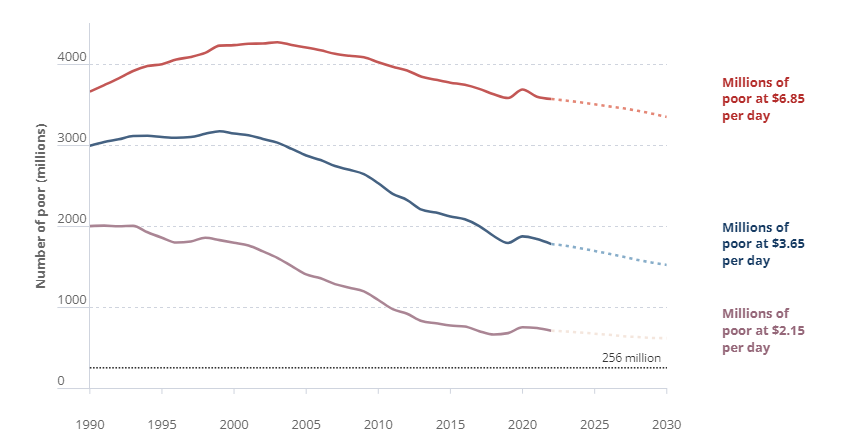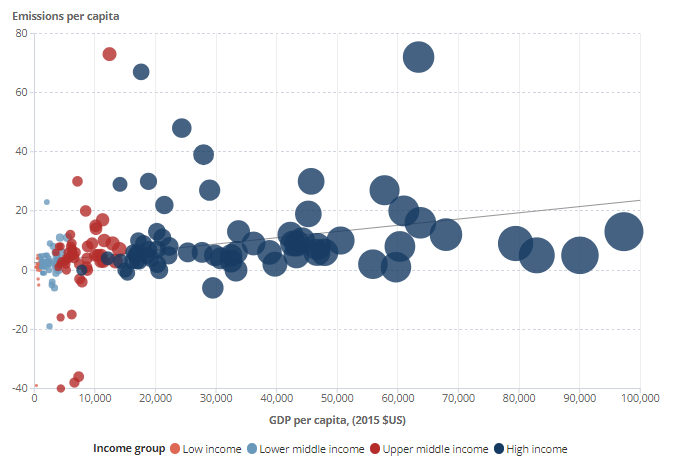7667766266
enquiry@shankarias.in
World Bank has recently released the ‘Poverty, Prosperity and Planet: Pathways out of the Polycrisis’ report.
Polycrisis a complex situation where multiple, interconnected crises converge and amplify each other, resulting in a predicament which is difficult to manage or resolve.
According to World Bank, the people in extreme poverty is who live on less than $2.15 per day.

Poverty threshold standard for middle-income countries is $6.85 (about Rs 576) per day.
Global poverty reduction target is 3 % by 2030.
